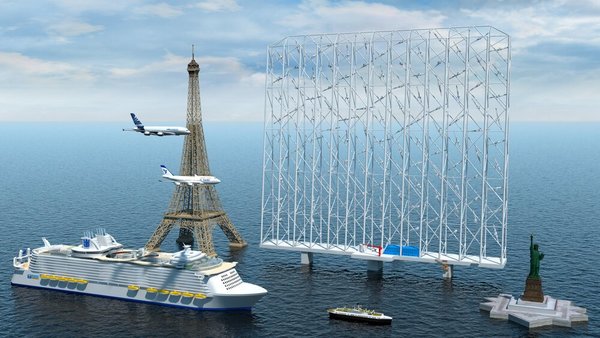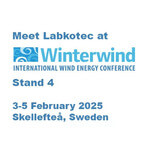News Release from windfair.net
Wind Industry Profile of
A different approach
Wind Catching Systems was founded in 2017 by Asbjørn Nes, Arthur Kordt and Ole Heggheim in Norway. Their goal was to build a system competitive enough to operate without subsidies. In the meantime, modern bottom-fixed offshore wind farms are perfectly capable of doing so, but WCS's concept is coming into focus because floating turbines are still not ready to operate commercially.
At the beginning of the development of the Windcatcher, the question was whether the basic design used in offshore wind production today is still the right one at all. Can a technology based on that of old Dutch grain mills really be the most efficient method for offshore wind power generation? It has proven successful for bottom-fixed turbines, but does it look the same for floating turbines?
The company's founders took on the idea of multi-turbines. The goal was to maximise power generation in a concentrated area, so it quickly became clear that a large number of small turbines would give a much better result per area than one large turbine. So the design was created with a 324-metre high scaffold to which over 100 small wind turbines are attached. The scaffold is mounted on a floating platform anchored to the seabed, similar to conventional floaters.

For comparison: The Eiffel Tower, with its 324 metres, is exactly as high as a WCS power plant.
This is the genesis of the Windcatcher, whose alternative approach offers many advantages, according to the manufacturer:
Simple operation with less maintenance ensures lower costs than conventional turbines. In addition, savings are already made during assembly: The turbines are erected by lift on the deck of the ship, so no cranes or special vessels are needed. In addition, the design is made to last 50 years - whereas today's turbines are only meant to last 25 to 30 years. The substation is also eliminated and will be replaced by a system on the so-called 'mother ship'.
One Windcatcher can produce enough electricity for 80,000 European households - the same amount of power as 25 conventional wind turbines. By harnessing the full energy at higher wind speeds and the multirotor effect, the Windcatcher generates 2.5x more annual energy per swept area than a conventional turbine.
In recent months, the founders have succeeded in finding interested partners. Last year, Ferd and North Energy became the first external investors to join the company. With additional support of Innovation Norway, WCS now has a solid financial foundation to further develop the technology. Whether this different approach will really prevail against conventional design will be seen in the coming years.
- Author:
- Katrin Radtke
- Email:
- press@windfair.net
- Keywords:
- Wind Catching Systems, WCS, floater, multi rotor, moored, platform, converter, turbine, system, offshore, wind farm, commercial

























